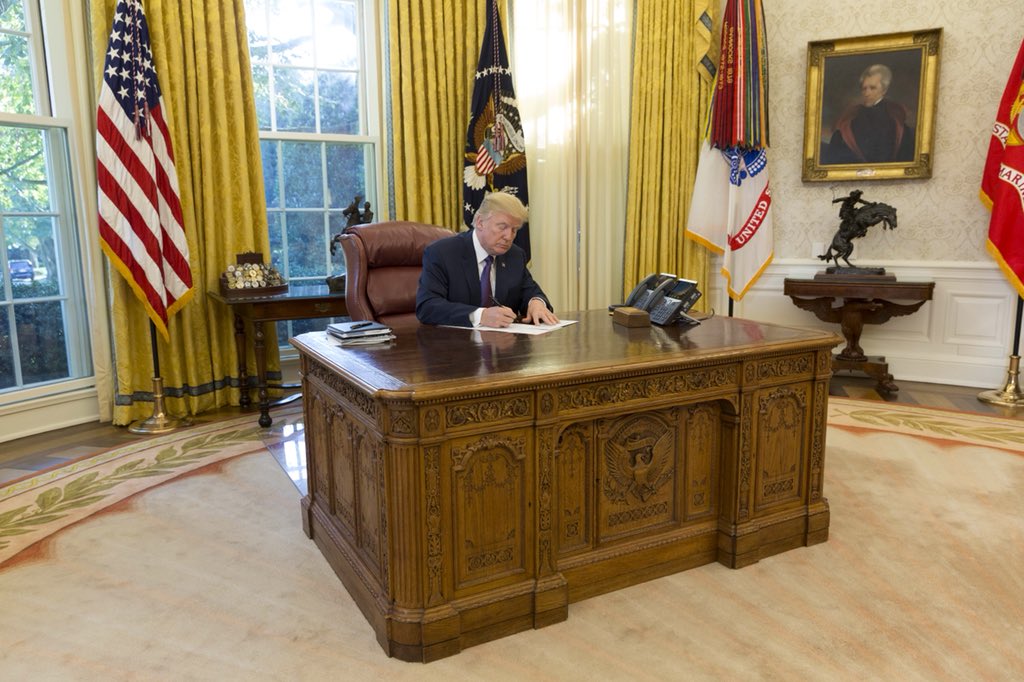Donald Trump’s return to the White House is set to reignite one of the most polarizing issues of his presidency: immigration reform. As he prepares to implement new policies in 2025, his administration has unveiled a bold vision that has drawn both fierce criticism and enthusiastic praise.
Tighter Borders and New Enforcement Measures
Trump’s proposed immigration reforms for 2025 focus heavily on border security, with plans to resume construction of the border wall and increase funding for Customs and Border Protection (CBP). His administration has also hinted at stricter enforcement measures, including enhanced vetting processes for asylum seekers and the expansion of expedited deportation protocols.
Additionally, Trump has proposed a merit-based immigration system aimed at prioritizing highly skilled workers. This approach, his administration argues, would boost economic growth while reducing strain on social services.
Critics, however, have raised concerns about the humanitarian impact of these policies. Immigration advocates warn that the emphasis on enforcement could lead to an increase in family separations and prolonged detention periods for migrants.
Pathway to Citizenship and Labor Reforms
While border security remains a top priority, Trump’s administration has also hinted at a possible pathway to citizenship for Dreamers—undocumented immigrants brought to the U.S. as children. This potential concession could signal a shift in tone aimed at gaining bipartisan support.
The administration is also focusing on labor reforms, proposing measures to streamline work visa programs for industries facing labor shortages. These changes are designed to address workforce gaps while ensuring stricter compliance with visa regulations.
However, experts remain skeptical about whether these reforms can strike the right balance between enforcement and compassion. “Comprehensive immigration reform requires nuanced policies that address economic, social, and humanitarian concerns,” said Dr. Sarah Hayes, an immigration policy analyst.
Netizens React to Trump’s Immigration Agenda
Trump’s immigration policies have sparked intense debate on social media. User @ImmigrationAdvocate tweeted, “Tougher borders won’t solve the issue. We need real solutions that prioritize human dignity and economic stability.” Another commenter, @SecureTheBorder, praised the plans, writing, “Finally, a president who puts America first. Strong borders mean a strong nation!”
Others highlighted the potential economic impact. “Merit-based immigration could be a game-changer for industries needing skilled workers,” wrote @EconomicGrowth2025. Meanwhile, @HumanRightsFirst posted, “These policies risk dehumanizing migrants. We need reforms that reflect our values, not just enforcement.”
Concerns about Dreamers also surfaced. “If Trump supports a pathway to citizenship for Dreamers, it could build bipartisan trust,” noted @PolicyObserver. Conversely, @HardlinerVoter criticized, “Trump is compromising too much. Secure the border first before making any deals.”
Challenges and the Road Ahead
Trump’s immigration reforms face significant hurdles, including potential legal challenges and opposition from advocacy groups. Gaining bipartisan support in a divided Congress will be critical to passing comprehensive legislation.
As the administration prepares to unveil detailed proposals in the coming months, the nation remains divided on whether Trump’s vision will provide lasting solutions or deepen the immigration debate.



 Trump Announces $1,776 Cash Bonus for U.S. Military Personnel Ahead of Christmas
Trump Announces $1,776 Cash Bonus for U.S. Military Personnel Ahead of Christmas  Union-Aligned Investors Question Amazon, Walmart and Alphabet on Trump Immigration Policies
Union-Aligned Investors Question Amazon, Walmart and Alphabet on Trump Immigration Policies  Fernando Haddad Confirms He Will Not Run for Office in 2025, Signals Possible Exit as Brazil’s Finance Minister
Fernando Haddad Confirms He Will Not Run for Office in 2025, Signals Possible Exit as Brazil’s Finance Minister  Trump Administration Reviews Nvidia H200 Chip Sales to China, Marking Major Shift in U.S. AI Export Policy
Trump Administration Reviews Nvidia H200 Chip Sales to China, Marking Major Shift in U.S. AI Export Policy  U.S. House Advances GOP Healthcare Bill as ACA Subsidies Near Expiration
U.S. House Advances GOP Healthcare Bill as ACA Subsidies Near Expiration  Barham Salih Elected as Next UN High Commissioner for Refugees
Barham Salih Elected as Next UN High Commissioner for Refugees  Trump Signals Progress in Ukraine Peace Talks Ahead of U.S.–Russia Meeting
Trump Signals Progress in Ukraine Peace Talks Ahead of U.S.–Russia Meeting  Republicans Raise National Security Concerns Over Intel’s Testing of China-Linked Chipmaking Tools
Republicans Raise National Security Concerns Over Intel’s Testing of China-Linked Chipmaking Tools  U.S.-Russia Talks in Miami Raise Hopes for Potential Ukraine War Deal
U.S.-Russia Talks in Miami Raise Hopes for Potential Ukraine War Deal  Canada Signals Delay in US Tariff Deal as Talks Shift to USMCA Review
Canada Signals Delay in US Tariff Deal as Talks Shift to USMCA Review  Trump Administration Plans Major Increase in Denaturalization Cases for Naturalized U.S. Citizens
Trump Administration Plans Major Increase in Denaturalization Cases for Naturalized U.S. Citizens  Honduras Election Recount Delayed Amid Protests and Political Tensions
Honduras Election Recount Delayed Amid Protests and Political Tensions  Trump Signs Order to Ease Federal Marijuana Rules, Signaling Major Policy Shift
Trump Signs Order to Ease Federal Marijuana Rules, Signaling Major Policy Shift  Jared Isaacman Confirmed as NASA Administrator, Becomes 15th Leader of U.S. Space Agency
Jared Isaacman Confirmed as NASA Administrator, Becomes 15th Leader of U.S. Space Agency  Kennedy Center Reportedly Renamed Trump-Kennedy Center After Board Vote
Kennedy Center Reportedly Renamed Trump-Kennedy Center After Board Vote  U.S. and China Push for Ceasefire as Thailand–Cambodia Border Clashes Escalate
U.S. and China Push for Ceasefire as Thailand–Cambodia Border Clashes Escalate  Trump Administration Proposes Sweeping Limits on Gender-Affirming Care for Children
Trump Administration Proposes Sweeping Limits on Gender-Affirming Care for Children 































